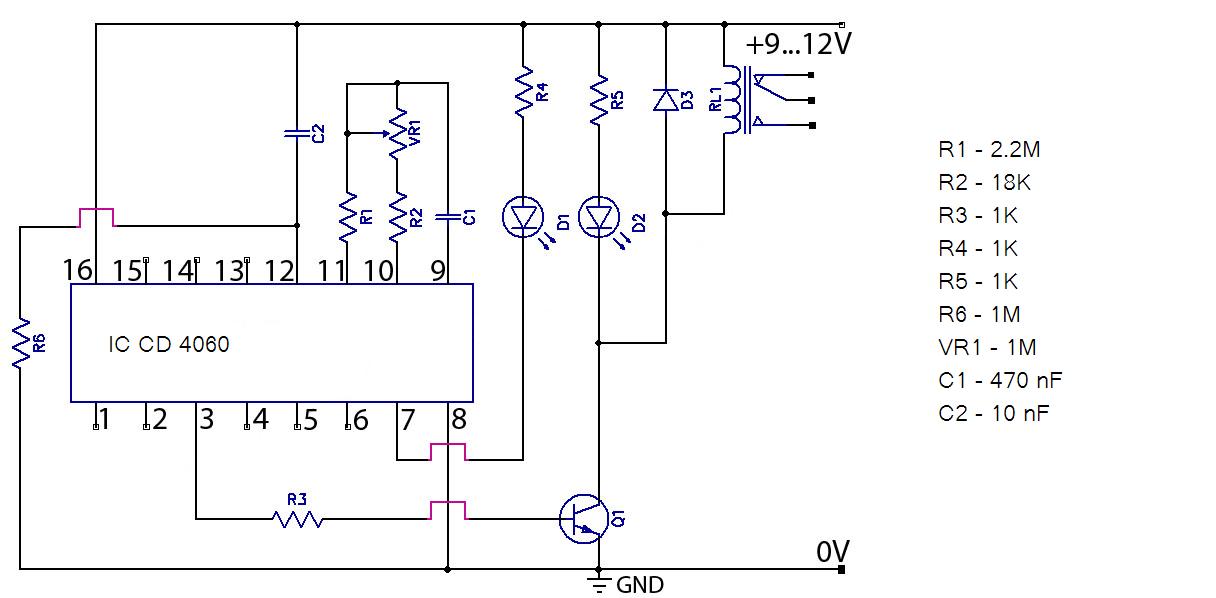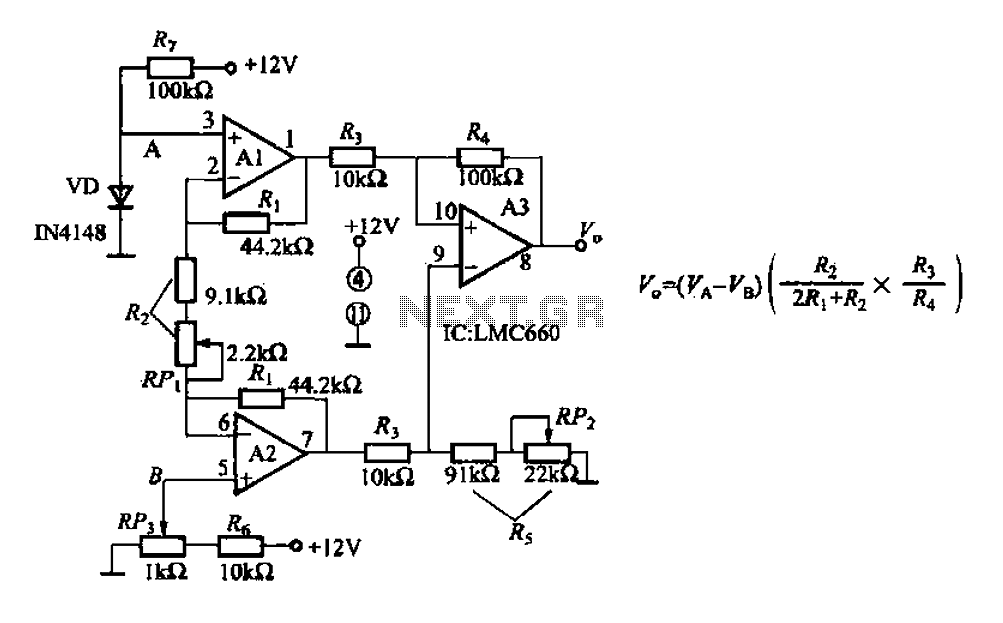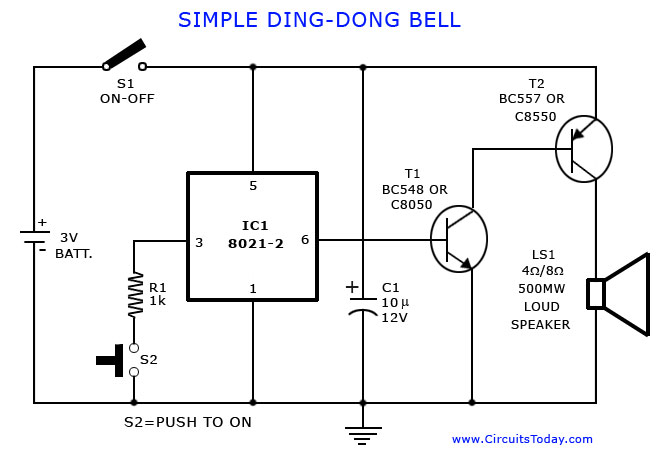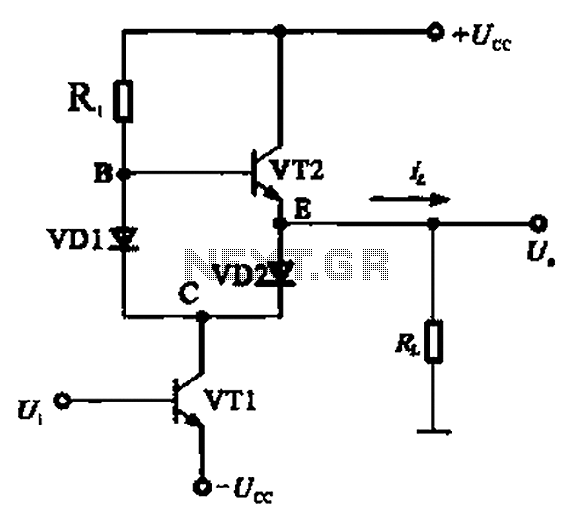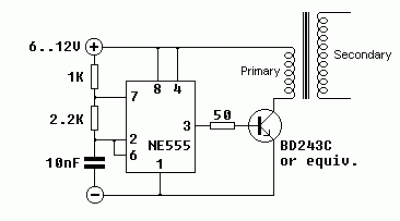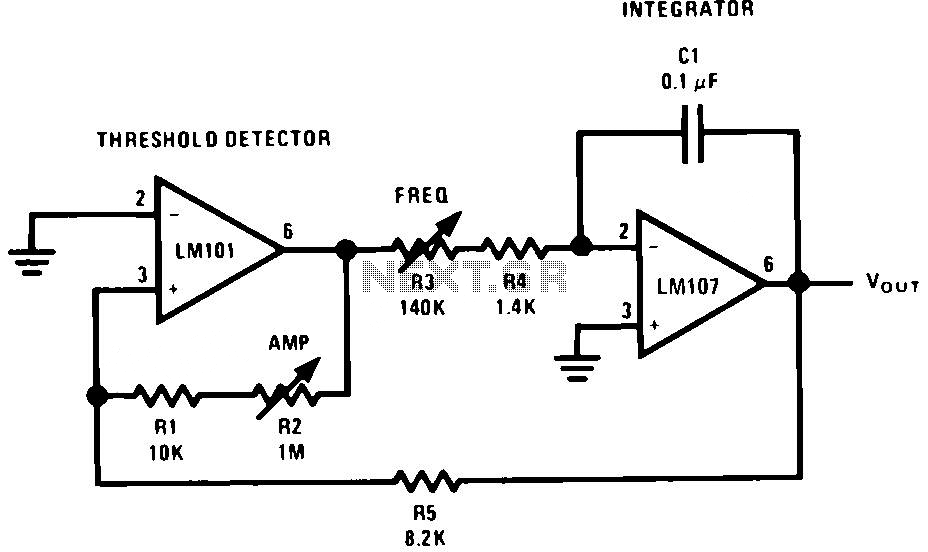
electromagnetic levitator circuit
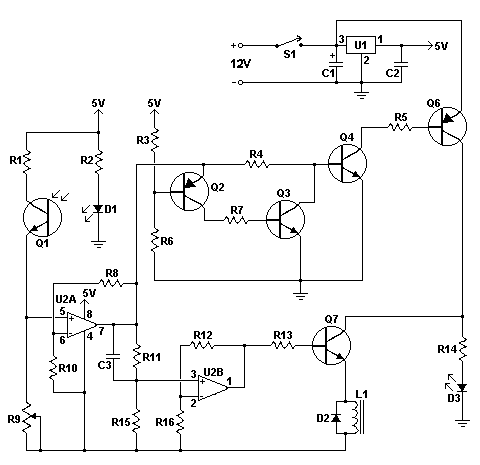
This circuit creates an impressive display of magnetism by suspending a small metal object in mid-air. Utilizing an electromagnet, a photo sensor, and a closed-loop control system, lightweight metal objects can be levitated just beneath the magnet, enclosed in a decorative arch. The absence of visible strings is demonstrated by the ability to remove the metal object from the air and replace it under the magnet at will. With the object floating approximately 1/4 inch below the magnet (the exact distance will vary based on the object's weight), an LED and phototransistor arrangement provides feedback to the circuit regarding the object's position. The circuit regulates the current to the electromagnet to maintain equilibrium between the magnetic force and gravity, allowing the object to float. A slight spin imparted to the object allows it to remain airborne for an extended duration, as the only friction acting against it is air resistance. This project consists of two main parts: the circuit and the enclosure/base. The circuit assembly should be conducted on a printed circuit board (PCB) to minimize oscillation and ensure a neat and compact assembly. A PCB pattern is provided, which must be checked for accuracy before use as a template. A test print on regular paper should be made to measure the dimensions against the provided pattern. Any discrepancies will require adjustments to the printing settings or scaling in photo editing software. A variance of approximately 1mm can complicate the fitting of integrated circuits (ICs). Once the pattern is confirmed, the board can be etched and drilled for component lead holes. Components should be placed on the board according to the provided diagram, ensuring polarized components are correctly oriented before soldering. Some components will be mounted off-board, connected to the PCB via wire leads. Specific components, including D1, D3, Q1, R9, L1, and S1, will require wire leads of varying lengths for proper mounting. L1 is the electromagnet coil assembly from a Potter & Brumfield KUP11D15-6VDC relay. Care must be taken to avoid damaging the coil windings or leads during disassembly. The KUP11D15 relay is widely available from various suppliers, including local electronics and HVAC stores. Alternatives from other manufacturers with similar dimensions may also be used, provided the coil voltage matches. For experimentation, a custom coil can be wound using thin magnet wire (34 or 35 gauge) on a 1/4-inch bolt, ensuring careful control of the winding speed.
The circuit design is centered around the principles of electromagnetic levitation, where the balance of forces is crucial for stable operation. The photo sensor continuously monitors the position of the levitated object and sends feedback to the control circuit. This feedback loop is essential for adjusting the electromagnet's current, ensuring that the magnetic field strength is sufficient to counteract gravitational forces acting on the object.
The PCB layout should include traces for power distribution, signal paths, and ground connections, designed to minimize inductance and resistance. Component placement should facilitate efficient signal flow and thermal management. The use of decoupling capacitors near the power supply pins of the ICs will help stabilize voltage levels and reduce noise.
The enclosure design should consider both aesthetics and functionality, providing a stable base for the circuit and electromagnet while allowing for visibility of the levitating object. Adequate ventilation may be necessary to dissipate heat generated by the electromagnet during operation. Additionally, the assembly should include provisions for securing the PCB and ensuring that all components are adequately insulated to prevent short circuits.
In summary, this project not only demonstrates the fascinating effects of magnetism but also provides a practical application of control systems, circuit design, and assembly techniques, making it an engaging endeavor for electronics enthusiasts.This circuit creates a stunning display of the "magic" of magnetism by suspending a small metal object in mid air. Using an electromagnet, photo sensor and closed loop control, small and light metal objects can be floated just underneath the magnet, enclosed in a decorative arch.
"No strings" are easily demonstrated by the ability to pick the meta l object out of the air and place it back under the magnet at will. With the object floating about 1/4" under the magnet (exact distance will depend on the weight of the object), an LED and photo transistor arrangement let a feedback circuit know it`s position. The circuit controls current to an electromagnet to maintain an equilibrium between the force of the magnet and gravity.
Thus, the object floats. Impart a bit of a spin to the object and momentum will carry it for quite a long time as the only friction working against it is between the object and the air. This project is built in two sections; the circuit and then the enclosure/base. Assembly of the circuit should take place on a printed circuit board to minimize the chance of oscillation and to keep the assembly need and compact.
A printed circuit board pattern is provided below. Before using it as a template for your board (using either a photographic or laser process) it is important to check its dimensions when printed. Make a test print on regular paper and then measure the result, comparing it to the measurement shown on the board pattern.
If they don`t match, you will need to adjust your printing settings or scale the pattern in the photo editing software of your choice. While a tiny amount of variance will not make much of a difference, about 1MM is enough to make fitting ICs very difficult.
Once you are satisfied your pattern is correct, etch the board using the method of your choice and then drill out component lead holes. Assemble the parts onto the board using the parts placement diagram shown below. Make sure to check the position of all polarized parts against the schematic before they are soldered into the board.
ICs, diodes, transistors, electrolytic capacitors and LEDs must be placed properly or they will not function and may be damaged. As the board will be mounted into a case, some components are mounted off board with wire leads connecting them to the PCB.
D1, D3, Q1, R9, L1 and S1 should be connected to the board via wire leads. S1, R9 and D3 should be on leads about 6" to allow mounting on the front of the case. Q1 and D1 will require longer leads (about 8-10") as they will be mounted on the bracket supporting the electromagnet. L1, the magnet, needs enough lead length to get it to the top of that bracket so use between 12" and 14" of wire.
L1 is the electromagnet coil assembly from a Potter & Brumfield KUP11D15-6VDC relay. Pull the relay casing off and then remove the coil assembly by snapping its bracket from the plastic bottom. Be careful not to damage the coil windings or the fragile leads connecting the coil to the pins. The KUP11D15 is available from many online suppliers and quite likely through your local electronics store.
It was commonly used in HVAC so if you are having trouble locating it through an electronics supplier, try a heating and cooling supplier. The relay is in a socket type case with a clear plastic cover. Substitutions are also available from several manufacturers and most relays having similar physical dimensions will also work as long as the coil voltage is the same.
If you can`t find the P&B relay or you wish to experiment you can of course wind your own coil. Use very thin magnet wire (34 or 35 gauge) and wind about 100 feet onto a 1/4" bolt which has been cut to a lenth of 1. 5". By chucking the bolt into an electric drill you can make winding easy but be very careful to control the wire speed as it will turn into a razor blade if moving quickly.
With the circuit complete, the next task is to assemble the physical 🔗 External reference
The circuit design is centered around the principles of electromagnetic levitation, where the balance of forces is crucial for stable operation. The photo sensor continuously monitors the position of the levitated object and sends feedback to the control circuit. This feedback loop is essential for adjusting the electromagnet's current, ensuring that the magnetic field strength is sufficient to counteract gravitational forces acting on the object.
The PCB layout should include traces for power distribution, signal paths, and ground connections, designed to minimize inductance and resistance. Component placement should facilitate efficient signal flow and thermal management. The use of decoupling capacitors near the power supply pins of the ICs will help stabilize voltage levels and reduce noise.
The enclosure design should consider both aesthetics and functionality, providing a stable base for the circuit and electromagnet while allowing for visibility of the levitating object. Adequate ventilation may be necessary to dissipate heat generated by the electromagnet during operation. Additionally, the assembly should include provisions for securing the PCB and ensuring that all components are adequately insulated to prevent short circuits.
In summary, this project not only demonstrates the fascinating effects of magnetism but also provides a practical application of control systems, circuit design, and assembly techniques, making it an engaging endeavor for electronics enthusiasts.This circuit creates a stunning display of the "magic" of magnetism by suspending a small metal object in mid air. Using an electromagnet, photo sensor and closed loop control, small and light metal objects can be floated just underneath the magnet, enclosed in a decorative arch.
"No strings" are easily demonstrated by the ability to pick the meta l object out of the air and place it back under the magnet at will. With the object floating about 1/4" under the magnet (exact distance will depend on the weight of the object), an LED and photo transistor arrangement let a feedback circuit know it`s position. The circuit controls current to an electromagnet to maintain an equilibrium between the force of the magnet and gravity.
Thus, the object floats. Impart a bit of a spin to the object and momentum will carry it for quite a long time as the only friction working against it is between the object and the air. This project is built in two sections; the circuit and then the enclosure/base. Assembly of the circuit should take place on a printed circuit board to minimize the chance of oscillation and to keep the assembly need and compact.
A printed circuit board pattern is provided below. Before using it as a template for your board (using either a photographic or laser process) it is important to check its dimensions when printed. Make a test print on regular paper and then measure the result, comparing it to the measurement shown on the board pattern.
If they don`t match, you will need to adjust your printing settings or scale the pattern in the photo editing software of your choice. While a tiny amount of variance will not make much of a difference, about 1MM is enough to make fitting ICs very difficult.
Once you are satisfied your pattern is correct, etch the board using the method of your choice and then drill out component lead holes. Assemble the parts onto the board using the parts placement diagram shown below. Make sure to check the position of all polarized parts against the schematic before they are soldered into the board.
ICs, diodes, transistors, electrolytic capacitors and LEDs must be placed properly or they will not function and may be damaged. As the board will be mounted into a case, some components are mounted off board with wire leads connecting them to the PCB.
D1, D3, Q1, R9, L1 and S1 should be connected to the board via wire leads. S1, R9 and D3 should be on leads about 6" to allow mounting on the front of the case. Q1 and D1 will require longer leads (about 8-10") as they will be mounted on the bracket supporting the electromagnet. L1, the magnet, needs enough lead length to get it to the top of that bracket so use between 12" and 14" of wire.
L1 is the electromagnet coil assembly from a Potter & Brumfield KUP11D15-6VDC relay. Pull the relay casing off and then remove the coil assembly by snapping its bracket from the plastic bottom. Be careful not to damage the coil windings or the fragile leads connecting the coil to the pins. The KUP11D15 is available from many online suppliers and quite likely through your local electronics store.
It was commonly used in HVAC so if you are having trouble locating it through an electronics supplier, try a heating and cooling supplier. The relay is in a socket type case with a clear plastic cover. Substitutions are also available from several manufacturers and most relays having similar physical dimensions will also work as long as the coil voltage is the same.
If you can`t find the P&B relay or you wish to experiment you can of course wind your own coil. Use very thin magnet wire (34 or 35 gauge) and wind about 100 feet onto a 1/4" bolt which has been cut to a lenth of 1. 5". By chucking the bolt into an electric drill you can make winding easy but be very careful to control the wire speed as it will turn into a razor blade if moving quickly.
With the circuit complete, the next task is to assemble the physical 🔗 External reference
Warning: include(partials/cookie-banner.php): Failed to open stream: Permission denied in /var/www/html/nextgr/view-circuit.php on line 713
Warning: include(): Failed opening 'partials/cookie-banner.php' for inclusion (include_path='.:/usr/share/php') in /var/www/html/nextgr/view-circuit.php on line 713
